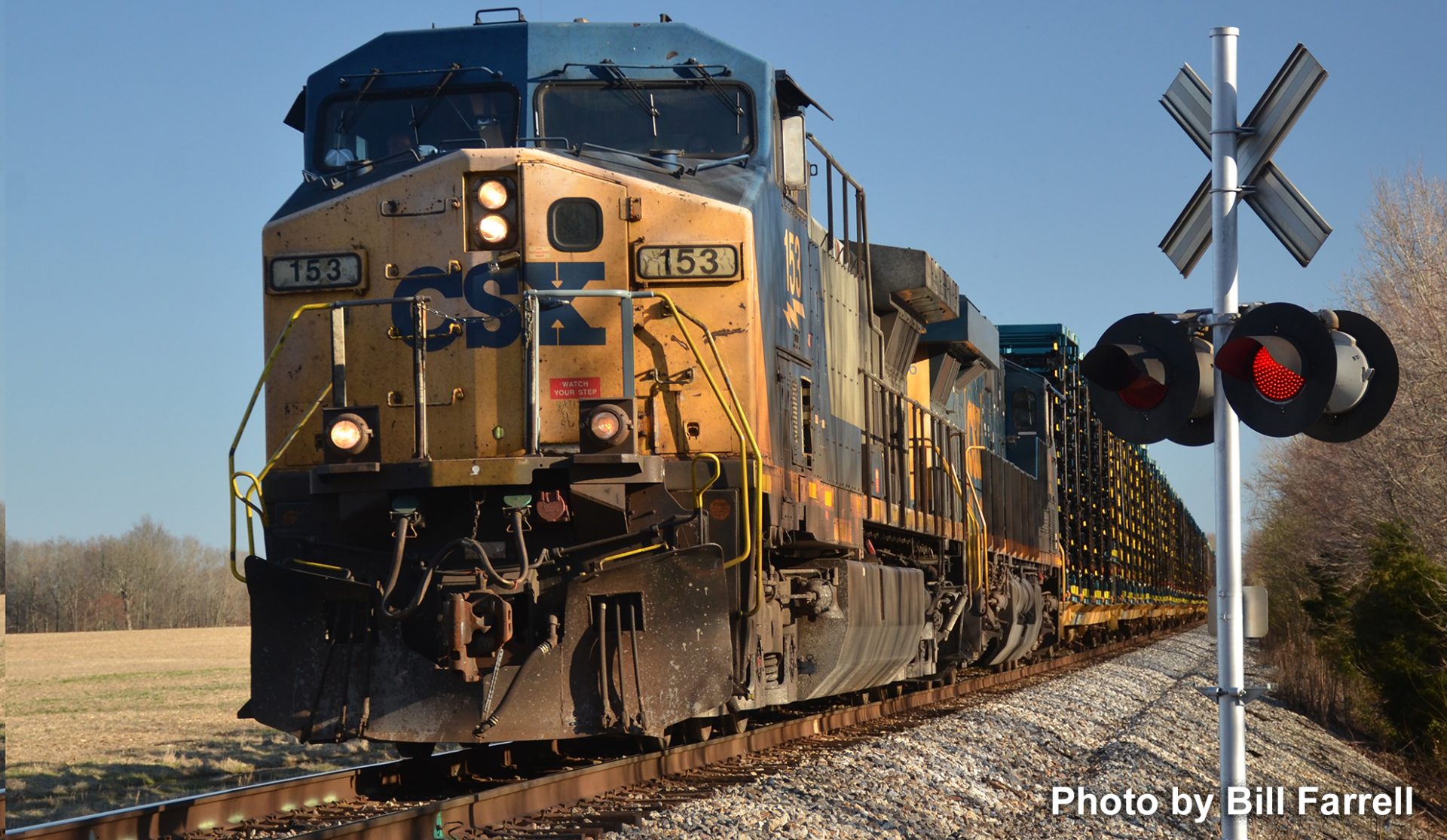It took an upset like this to visualize and explain “Blind Drivers.” In December 1927 the Chicago, Burlington & Quincy narrow gauge Engine #537 rolled off the rails into the snow in the Black Hills.
The pointer focuses on the middle two driving axles, both of which contain blind drivers, wheels without flanges. In the early days all drive wheels were mounted rigid to the frame. With four axles in a row, the flanges would not negotiate the tightest curves in the rail, causing derailments, not to mention adverse wear and tear. The flanged front and rear axles provide enough stability to keep the locomotive on the rails in normal operation. It’s the weight on the drivers, not the flanges that provide the tractive force to move a train.
Advances in locomotive design included lateral motion devices on the drive wheels. #537 was retrieved, taken to Denver, rebuilt with some modern appliances, returned to duty, and performing better than ever.
Thinking back to my Lionel trainset of the 40s, the middle set of drivers also were blind.
Credits: Pix courtesy of Roger O’Keefe as seen in Railroads of the Black Hills, by Mildred Fielder

